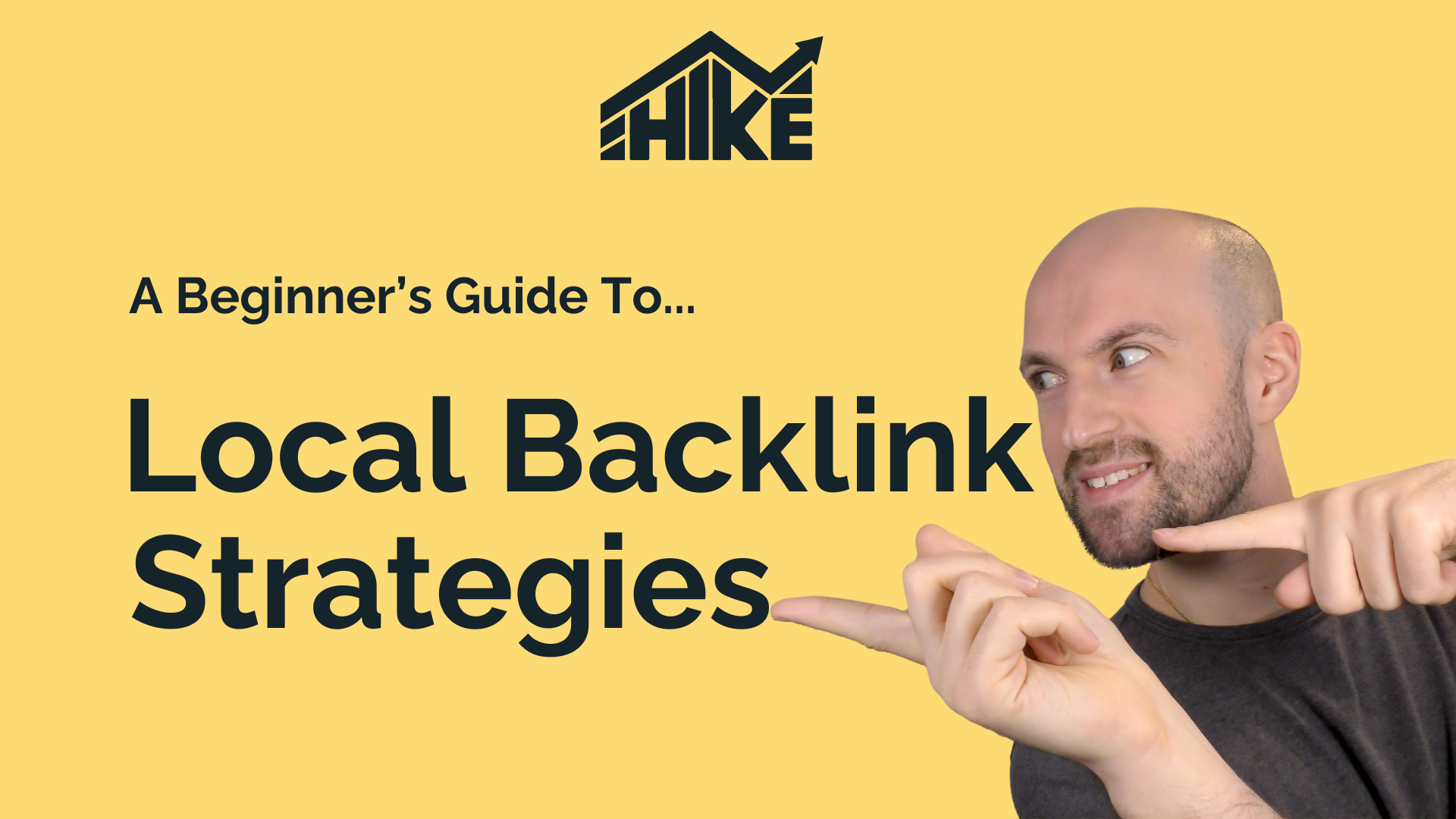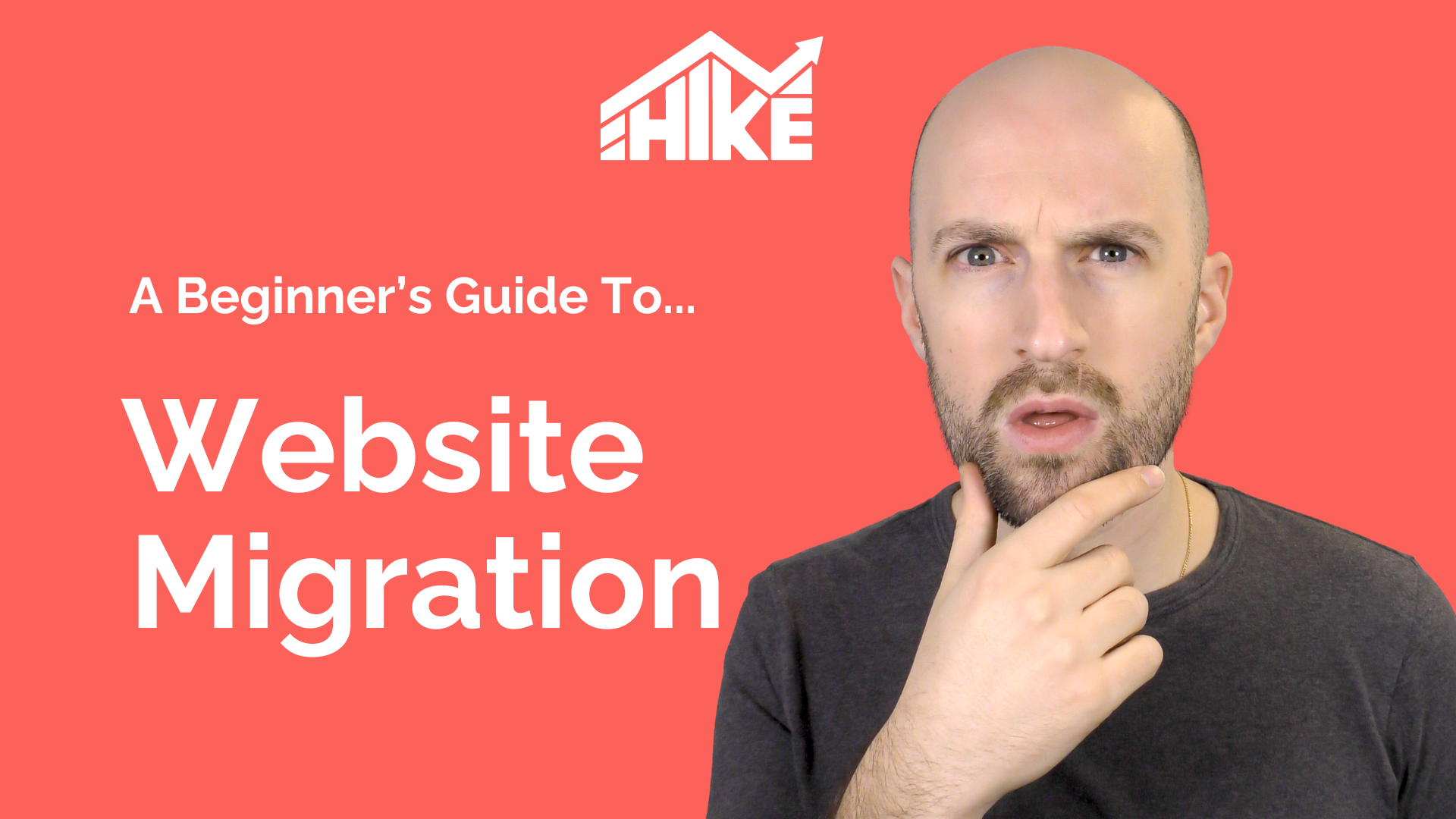In this video, we will be discussing how to chart your path to SEO success. The initial phase of SEO is creating a robust strategy, a critical step towards achieving your goals.
In this session, we will explore:
- What is an SEO strategy?
- How and why to formulate an SEO strategy?
- Implementation of the SEO strategy.
We will break down the process into three key steps:
- Audience Research
- Keyword Research
- Competitor Research
Each of these stages will be thoroughly discussed.
Let’s start by understanding what an SEO strategy is. Often mentioned but seldom explained, an SEO strategy is essentially a plan aimed at improving your website’s visibility and rank on search engine result pages. It outlines the actions to be taken, their sequence, and the time frame, all aimed at achieving the highest success rate. The ultimate goal is to attract more organic traffic to your website and enhance your conversion rate, whether that’s increasing inquiries, phone calls, leads, sales, or other business-specific measures.
But why invest time in crafting an SEO strategy? Firstly, it provides increased visibility and ranking. A well-crafted strategy guides your actions, ensuring the highest returns in terms of rankings and organic traffic. Furthermore, it enhances your domain and page authority through high-quality backlinks, thus driving more traffic.
A solid SEO strategy also offers an enhanced user experience and higher conversion rates, which translates to a greater competitive advantage. This is vital as your competitors are also likely implementing their own SEO strategies for better rankings.
To ensure sustainability and longevity, it’s crucial to develop a long-term strategy. Avoid shortcuts that might jeopardize your rankings in the short term. Instead, aim for sustainable strategies that can place you at the top of the first page, preferably within the top three results, and maintain that position as long as possible.
Step 1: Audience Research
Let’s begin with Audience Research, the first step in crafting an SEO strategy. This phase involves a deep understanding of your audience’s needs, interests, behaviours, and pain points. The better you comprehend these elements, the more tailored and effective your SEO strategy will be.
Key questions to consider include:
- What queries are your audience posing, whether on your website, in reviews, or other platforms?
- What problems are they trying to solve, and how can you offer solutions to attract them to your site?
- What topics pique their interest, informing the kind of content you should create?
Understanding these factors will enhance user experience, conversion rate, and chances of gaining high-quality backlinks. Language usage is pivotal, as SEO is intrinsically linked to keyword phrases that convey search intent. The more closely your content language aligns with your audience’s language, the better it resonates, leading to increased engagement and lower bounce rates.
It’s crucial to analyse audience behaviour, including their interaction with your content, media preferences, and online hangouts, to tailor your content effectively.
There are two forms of audience research:
- Quantitative research involves surveys, questionnaires, and data analysis, offering factual insights into audience trends and preferences.
- Qualitative research dives deeper, exploring opinions, beliefs, motivations via focus groups, interviews, and case studies.
To conduct audience research, consider leveraging Google Trends, keyword research, surveys, interviews, online reviews, Google Analytics, and competitor analysis.
After conducting audience research, analyse the data to identify audience segments based on demographics, interests, behaviours, and content preferences. By segmenting your audience, you can create more personalised content for each group, improving engagement.
Next, develop audience personas. These are fictional representations of your ideal customers, informed by collected data. Crafting tailored content for specific audience groups enhances user experience and shareability, increasing the potential for natural backlinks.
Another essential aspect is optimizing content for search intent, the motivation behind search queries. There are four types of search intent: informational, navigational, transactional, and commercial. Aligning your content with the searcher’s intent improves the efficacy of your SEO strategy.
Lastly, it’s essential to regularly evaluate and adapt your SEO strategy based on audience insights. Use tools like Google Analytics, Search Console, and Google My Business Profile to monitor performance and identify new opportunities, which can lead to adjustments in keyword focus, content updates, or site structure improvements.
Step 2: Keyword Research
Once you deeply understand your audience, the next step in the SEO strategy process is keyword research. This stage will guide the selection of keywords for your site’s pages and blog articles.
- Identify Industry-Specific Keywords: The aim here is to identify the most commonly searched words and phrases in your industry, niche, or market. Understanding the intent behind these searches will help you create more effectively tailored content.
- Identify Market Gaps: Identifying content gaps in the market or areas your competitors may have missed on their site can offer a competitive advantage. By creating content to meet these needs, you may improve your ranking.
- Use Keyword Research Tools: Tools like Hike’s keyword research tool, which utilizes AI technology, can generate keyword recommendations based on your business and existing content. This tool is highly beneficial for beginners and small businesses.
There are three pillars to consider when conducting keyword research:
- Keyword Relevance: This is the relation of the search term to the search intent. The keyword should be highly pertinent to your industry, market, or the topic you’re writing about.
- Keyword Search Volume: This is the average number of monthly searches for a specific keyword across search engines. A higher search volume is usually preferable.
- Keyword Difficulty Score: This score measures the difficulty level of ranking for a specific keyword in the search results. A lower score suggests easier ranking. In Hike, the scores range from one (easiest to rank for) to ten (most difficult).
Additionally, it’s beneficial to consider the ‘Keyword Value.’ Though it may not be visible in Hike, other tools might provide it. A high keyword value suggests that the keyword has commercial viability as advertisers are willing to spend more per click for such a term.
The keyword research process can be broken down into five steps:
- Choose Seed Keywords: Seed keywords are core topics or ideas to start your research from. For instance, in the dentistry niche, your seed keywords could be ‘dentist,’ ‘root canal,’ etc.
- Generate Keywords: Use tools like Hike’s keyword research tool to generate similar terms and understand what people are searching for based on collected data.
- Filter Keywords: Filter through the generated keywords and eliminate irrelevant ones or those that don’t meet your search criteria (like minimum monthly search volume or maximum difficulty score).
- Cluster Keywords: This involves grouping similar keywords together into topic groups, forming what we call ‘topic clusters.’
- Prioritize Keywords: Pick the most valuable keywords to start creating content around based on high search volume, low difficulty score, high value, and high relevance.
Step 3: Competitor Research
The third step in the SEO strategy process is competitor research. Understanding the tactics your competitors employ to achieve high search rankings can be beneficial. While you can’t know everything they do, you can make inferences based on their website optimization.
Analyze Competitors’ SEO: Analyze your competitors’ content, keywords, backlinks, and site structure for insights into their SEO strategy, both on-site and off-site.
Use Top-Performing Content as Benchmarks: Use your competitors’ top-performing content as a reference when creating your own content. Insights can be drawn from their search rankings, comments, and social shares, which offer a glimpse into what your audience is interested in.
Spot Market Trends: Competitor research allows you to identify high-performing topics in your industry and discern what type of content your business could create.
Identify Backlink Opportunities: Understand which topics are the most shareable and attract the most links.
Hike’s Tools: Hike’s tools allow you to view competitors who are ranking for your specific keywords. You can see their backlinks, search volumes, and target keywords.
The competitor research process can be broken down into five steps:
- Identify SEO Competitors: Identify direct and indirect competitors based on the keywords relevant to your industry. Direct competitors are those in your niche with similar products or services. Indirect competitors target the same keywords from different or slightly different industries.
- Analyze On-Page SEO: Examine competitors’ website structure, content, keyword usage, meta tags, title tags, header tags, and linking practices. This analysis can help you understand their current performance and provide clues about areas where you can outperform them.
- Analyze Off-Page SEO: Evaluate your competitors’ backlink profiles and social media presence. This can give you an understanding of how challenging it might be to compete with them and where you might find additional backlink opportunities.
- Identify Content Gaps and Opportunities: Discover topics, keywords, or content formats that are performing well and duplicate them on your site. Also, identify topics that your competitors haven’t covered yet and take advantage of those gaps.
- Benchmark and Track Performance: Define important key performance indicators (KPIs) such as total ranking keywords on page one, total backlinks, total unique referring domains, and total organic traffic. Monitoring these KPIs can provide insights into your SEO strategy’s effectiveness.
That’s the essence of the competitor research phase in SEO strategy. If you haven’t already, consider trying Hike SEO. It offers a 14-day money-back guarantee, making it risk-free. Hike SEO is a fantastic platform for small businesses and beginners to develop an effective SEO strategy, improve rankings, and boost organic traffic.



